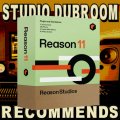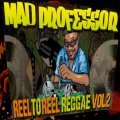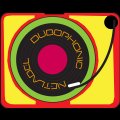|
DUBROOM.org |
|
MAKING DUB WITH COMPUTERS - STUDIO DUBROOM - ARTISTS ONLY |
|
PROMOTING (DUB) REGGAE AND CONSCIOUSNESS ONLINE SINCE 1997 |
|
- DUBROOM MAIN - INTRO - REVIEWS - ARTICLES - MESSAGE BOARDS - FAQ - PRIVACY - CONTACT - MAILING LISTS - |
|
SUPPORT US |
|
MORE STUFF |
|
RECOMMENDED |
|
D.A.W. |
|
||||||||||||||||||
|
||||||||||||||||||
|
JAH |
|
|
CONSCIOUS |
|
|
MUSICAL |
|
|
FEATURED |
|

























